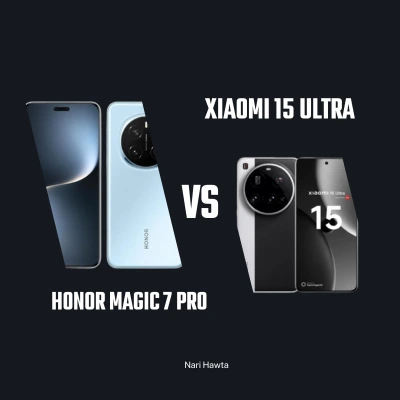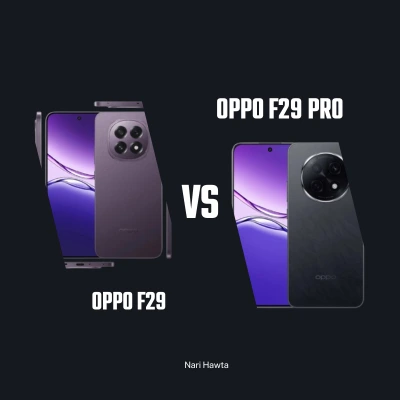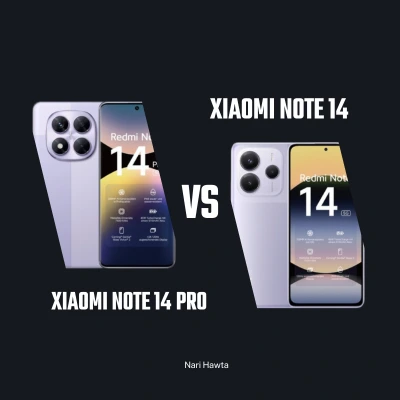The battle for smartphone supremacy continues as Samsung unveils the Galaxy S25 to rival Xiaomi’s latest flagship, the Xiaomi 15. Both devices promise cutting-edge performance, stunning displays, and powerful cameras, but which one truly delivers the best value? In this comparison, we break down the key differences to help you decide which phone is worth your investment.
| Samsung Galaxy S25 | Xiaomi 15 | |
|---|---|---|
| Design | 7.2 mm thin, ~162 g, Armor Aluminum frame, Gorilla Glass Victus 3, IP68 water/dust resistance | 6.36″ compact form, aluminum frame, Gorilla Glass Victus 3 (or vegan leather), IP68 water/dust resistance |
| Display | 6.2″ LTPO AMOLED, 120 Hz, HDR10+, 2600 nits peak brightness | 6.36″ LTPO OLED, 120 Hz, HDR10+, Dolby Vision, 3200 nits peak brightness |
| Processor | Qualcomm Snapdragon 8 Elite | Qualcomm Snapdragon 8 Elite |
| RAM / Storage | 12 GB RAM, 128 GB / 256 GB / 512 GB storage, no microSD | 12 GB or 16 GB RAM, 256 GB / 512 GB / 1 TB storage, no microSD |
| Main Camera | 50 MP (wide) + 12 MP (ultrawide) + 10 MP (3× telephoto) | 50 MP (wide) + 50 MP (ultrawide, no AF) + 50 MP (3.2× telephoto) |
| Front Camera | 12 MP | 32 MP |
| Battery | 4000 mAh, 25 W wired, 15 W wireless, reverse wireless, no charger in box | 5240 mAh (5400 mAh in some markets), 90 W wired, 50 W wireless, reverse wireless, charger may not be included in some markets |
| Software | One UI 7 (Android 15), 7 years OS/security updates | HyperOS 2 (Android 15), 4 years OS updates, 6 years security patches |
| Security | Ultrasonic in-display fingerprint sensor, face unlock, Samsung Knox | Ultrasonic in-display fingerprint sensor, face unlock, enhanced privacy tools |
| Weight | ~162 g | ~193 g |
| Special Features | Galaxy AI features (real-time translation, AI photo editing, note summarization), strong long-term support | Leica camera tuning, AI features via HyperOS and Google Gemini, faster charging, brighter display |
Samsung Galaxy S25
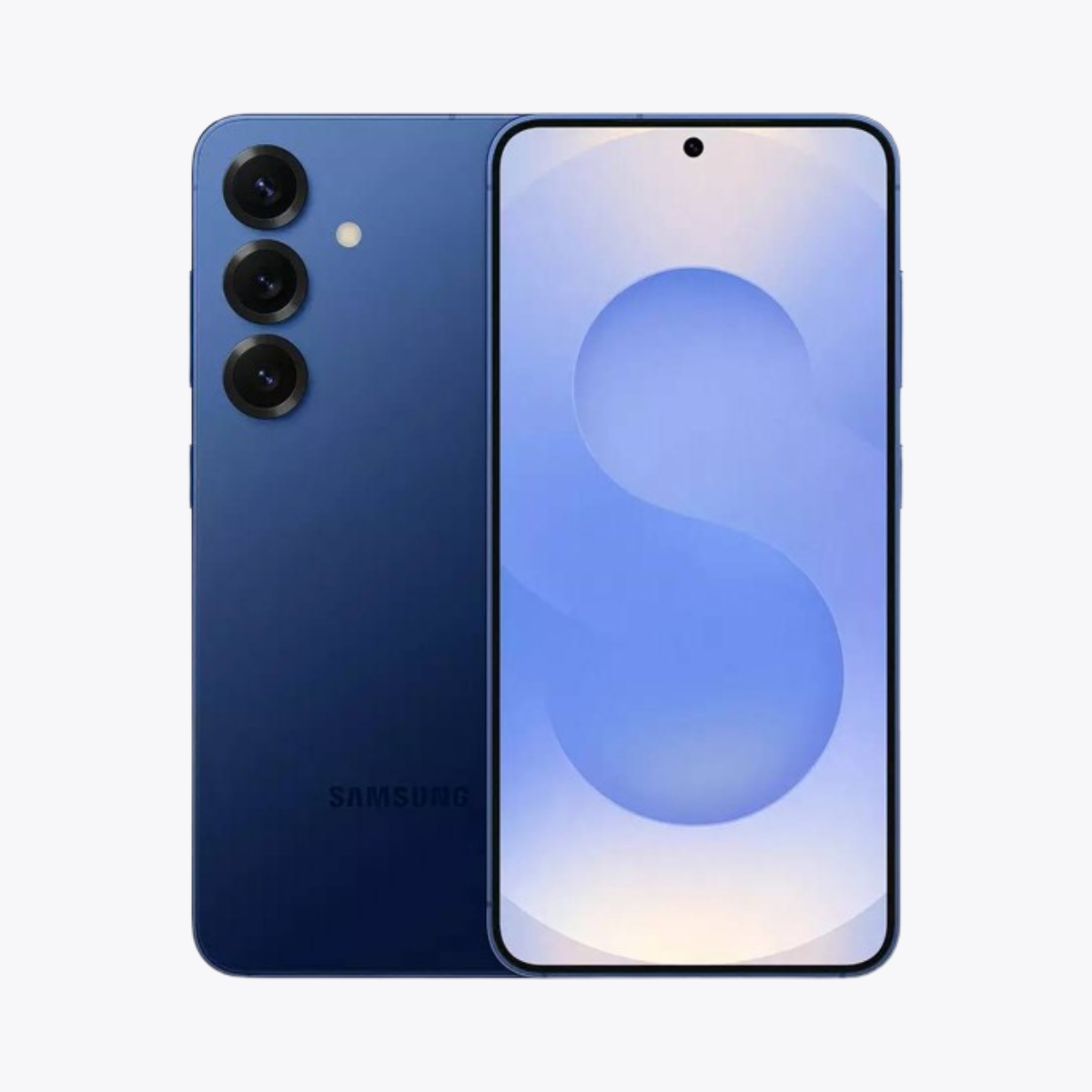
Samsung Galaxy S25
- Compact, lightweight design – At around 162g and 7.2 mm thin, it’s one of the most comfortable small flagships available
- Vibrant LTPO AMOLED display – 6.2-inch, 120 Hz, up to 2,600 nits brightness, offering vivid colors and smooth visuals
- Strong performance – Powered by the Snapdragon 8 Elite and backed by 12 GB RAM, it delivers sturdy performance and improved battery efficiency
- Excellent battery life – Lasts significantly longer than the S24; Tom’s Guide tests show ~15 h 43 m screen-on time, beating Pixel 9 Pro and iPhone 16 Pro
- Long-term software support – Promised to receive 7 years of OS and security updates, stretching into 2032
- AI features via One UI 7 and Galaxy AI – Offers AI enhancements for image editing, battery optimization, translation, and other tools
- Improved speakers and user experience – Notable enhancements in audio quality and interface polish compared to previous models
- Incremental upgrades – Few meaningful hardware changes from the S24, aside from a more efficient chip and AI software updates
- Slower charging speeds – Limited to 25 W wired and 15 W wireless charging, with no charger included—slower than many competitors
- Base storage starts at 128 GB – May feel limited for power users, especially since higher tiers command notable price jumps
- Ultrawide camera limitations – No autofocus and some reports of lens alignment issues affecting sharpness
- AI features not yet fully polished – Tools like “Now Brief” or Gemini integration can feel clunky or less intuitive than expected
- Possible overheating under load – Some users report rapid heating and battery drain, especially during gaming or heavy usage
- Design familiarity may feel stale – Reused aesthetics and camera layout, with some users finding the new design less inspiring
Design
The Samsung Galaxy S25 embraces a sleek, compact design that stands out in today’s market of oversized flagships. At just 7.2 mm thick and around 162 g, it’s easy to hold and slip into a pocket, making it one of the most comfortable premium smartphones available. Samsung continues its minimalist approach with a clean back panel and individually placed camera lenses, but some users feel the design hasn’t evolved much from previous models. The premium aluminum frame and Gorilla Glass Victus 3 front and back provide durability without sacrificing elegance.
Display
Up front, the Galaxy S25 features a 6.2-inch LTPO AMOLED display with a smooth 120 Hz refresh rate and adaptive brightness that reaches up to 2,600 nits. This ensures excellent outdoor visibility, vibrant colors, and deep contrast, whether you’re gaming, streaming, or browsing. The slim bezels add to the immersive experience, and the display’s dynamic refresh rate helps balance visual fluidity with battery efficiency. HDR10+ support also makes it great for high-quality video playback.
Privacy and Security
Samsung continues to prioritize user security with features like the ultrasonic in-display fingerprint scanner, facial recognition, and Samsung Knox, which provides hardware- and software-level protection. The device benefits from Samsung’s promise of 7 years of OS and security updates, meaning it will receive protection and new features until 2032. Enhanced privacy controls in One UI 7 allow users to manage app permissions more precisely and monitor data usage in real time.
Cameras
The Galaxy S25’s triple camera setup consists of a 50 MP main sensor, a 12 MP ultrawide lens, and a 10 MP telephoto lens with 3× optical zoom. The main camera delivers sharp, vibrant shots in most lighting conditions, while the telephoto maintains detail at medium distances. However, the ultrawide lacks autofocus and may struggle with sharpness in certain scenarios. The 12 MP front camera produces natural-looking selfies and supports high-quality 4K video recording. Samsung’s AI-based enhancements improve low-light performance, subject separation, and post-shot editing.
Performance and Software
Powered by Qualcomm’s Snapdragon 8 Elite in the US, paired with 12 GB of RAM, the Galaxy S25 delivers excellent performance for multitasking, gaming, and demanding applications. One UI 7, built on Android 15, offers a smooth, customizable interface with new Galaxy AI features like real-time translation, AI photo editing, and context-aware suggestions. While these AI tools add convenience, some are still in early stages and may feel inconsistent in everyday use.
Battery
The Galaxy S25 offers a notable improvement in battery life compared to its predecessor, with tests showing up to 15 hours and 43 minutes of continuous usage in mixed conditions. This makes it one of the longest-lasting compact flagships available. The 4,000 mAh battery supports 25 W wired charging and 15 W wireless charging, though Samsung’s speeds lag behind some competitors. There’s no charger in the box, so users will need to purchase one separately if they don’t already own a compatible model.
Xiaomi Redmi 15
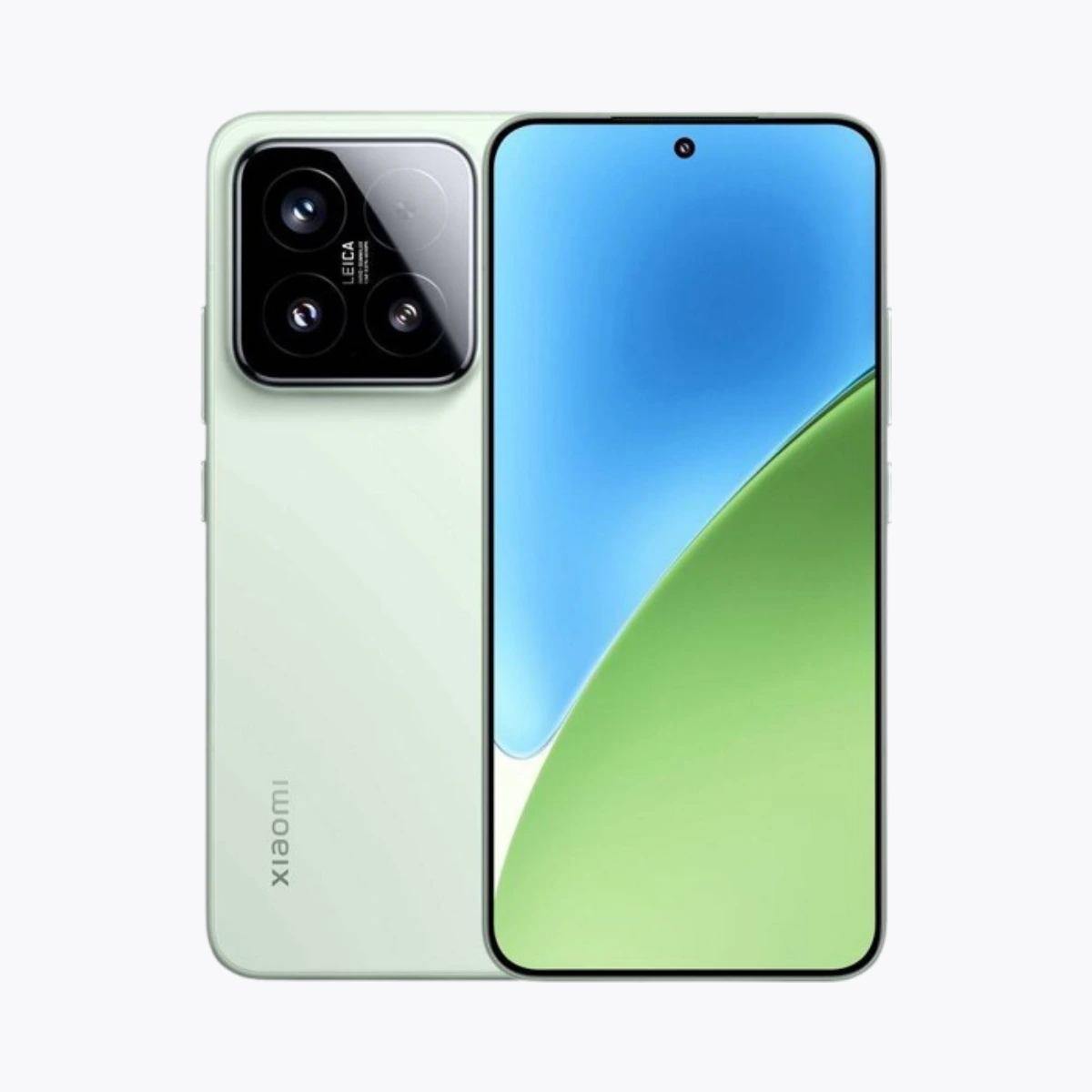
Xiaomi 15 5G
- Compact yet powerful – One of the rare compact flagships with a 6.36″ LTPO OLED display, offering sleek ergonomics and premium IP68 protection
- Stunning display – Smooth 120 Hz refresh and exceptional brightness (up to 3200 nits) deliver crisp visuals
- Top-tier performance – Snapdragon 8 Elite chip with 12 GB (or 16 GB) RAM ensures swift multitasking and gaming
- Impressive camera system – Triple 50 MP lenses tuned with Leica deliver versatile shooting, strong dynamic range, and portrait quality
- Long battery life + fast charging – A 5240 mAh silicon-carbon battery (5400 mAh in some regions) with blazing 90 W wired and 50 W wireless charging ensures excellent endurance
- Great connectivity & features – Includes Wi-Fi 7, eSIM, 10 Gbps USB-C with DisplayPort, ultrasonic fingerprint sensor, stereo speakers, and an IR blaster
- AI tools and customization – HyperOS 2 brings AI-powered transcription, photo editing, and customization; Google Gemini integration enhances smart features
- Strong value proposition – Offers flagship-level specs and premium build at a competitive price
- Thermal management issues – The phone overheats under heavy/multicam use, leading to thermal throttling and performance dips in stress tests
- Software UI and bloat – HyperOS remains cluttered with unwanted apps and ads; the UI can feel unpolished and overwhelming
- Ultrawide camera limitations – Lacks autofocus and trails in image quality on wide-angle shots
- Software support lagging – Only 4 years of Android updates and 6 years of security patches, falling short of some competitors’ longer support
- No charger included – Notable markets (EU, UK) ship the phone without a charger, adding extra cost for optimal charging
- Some user-reported temperature and battery issues – Multiple users mention overheating and unusual battery drainage, especially early on
- No expandable storage or headphone jack – A minor drawback for users who rely on microSD or wired audio
Design
The Xiaomi 15 blends premium craftsmanship with a compact footprint, making it stand out among modern flagships. Its 6.36-inch form factor feels comfortable in one hand, while the curved edges and slim bezels give it a sleek, modern look. The body is built from aluminum with Gorilla Glass Victus 3 on the front and back for durability, and it carries an IP68 rating for dust and water resistance. Xiaomi offers it in elegant finishes, including glass and vegan leather options, catering to both a classic and contemporary style preference.
Display
At the heart of the Xiaomi 15 is a 6.36-inch LTPO OLED panel with a 120 Hz refresh rate and up to 3,200 nits peak brightness, making it one of the brightest displays in its class. The screen supports HDR10+ and Dolby Vision, delivering deep blacks, vibrant colors, and sharp detail for both streaming and gaming. The adaptive refresh rate allows the phone to smoothly shift from 1 Hz to 120 Hz depending on content, improving both fluidity and power efficiency.
Privacy and Security
The Xiaomi 15 incorporates robust security measures, including an ultrasonic in-display fingerprint sensor for fast and reliable unlocking, as well as face unlock for convenience. On the software side, HyperOS 2 integrates enhanced privacy tools, allowing users to control app permissions, manage sensitive data, and use a secure folder for confidential files. Xiaomi also promises four years of major Android updates and six years of security patches, which is solid but shorter than Samsung’s long-term update policy.
Cameras
Photography is a highlight of the Xiaomi 15, thanks to its Leica-tuned triple 50 MP camera system. The main sensor delivers sharp, high-contrast shots with excellent dynamic range, while the telephoto lens offers crisp 3.2× optical zoom. The ultrawide camera produces good results in daylight but lacks autofocus, which can limit close-up versatility. Low-light photography benefits from Leica’s image processing, with natural colors and reduced noise. On the front, a 32 MP selfie camera captures detailed shots and supports high-resolution video calls.
Performance and Software
Powered by Qualcomm’s Snapdragon 8 Elite and available with up to 16 GB of RAM, the Xiaomi 15 delivers flagship-level performance, easily handling demanding apps and graphically intensive games. HyperOS 2, based on Android 15, brings a mix of Xiaomi’s customization features and AI tools such as real-time transcription, intelligent photo editing, and Google Gemini integration. While the OS is powerful, it can feel busy for users who prefer a cleaner, stock-like Android experience, and it still ships with some pre-installed apps many consider bloatware.
Battery
Battery life is one of the Xiaomi 15’s strong points. It houses a 5,240 mAh silicon-carbon battery (5,400 mAh in some markets) that comfortably lasts a full day under heavy use. Charging speeds are exceptional—90 W wired charging can top up the phone in around 30 minutes, and 50 W wireless charging is among the fastest on the market. Reverse wireless charging is also supported for powering accessories. However, in some markets the phone is sold without a charger, requiring an extra purchase to take full advantage of its fast-charging capabilities.
Conclusion
In the US market, both the Samsung Galaxy S25 and Xiaomi 15 stand out as top-tier compact flagships, each with unique strengths. The Galaxy S25 offers a polished user experience with Samsung’s trusted software updates, strong privacy features, and a sleek, pocket-friendly design—ideal for users who want reliability and long-term support. Meanwhile, the Xiaomi 15 impresses with its brighter display, larger battery, and ultra-fast charging, appealing to power users who prioritize raw performance and speed. Your choice depends on whether you value Samsung’s software ecosystem and update commitment or Xiaomi’s hardware advantages and charging convenience.




